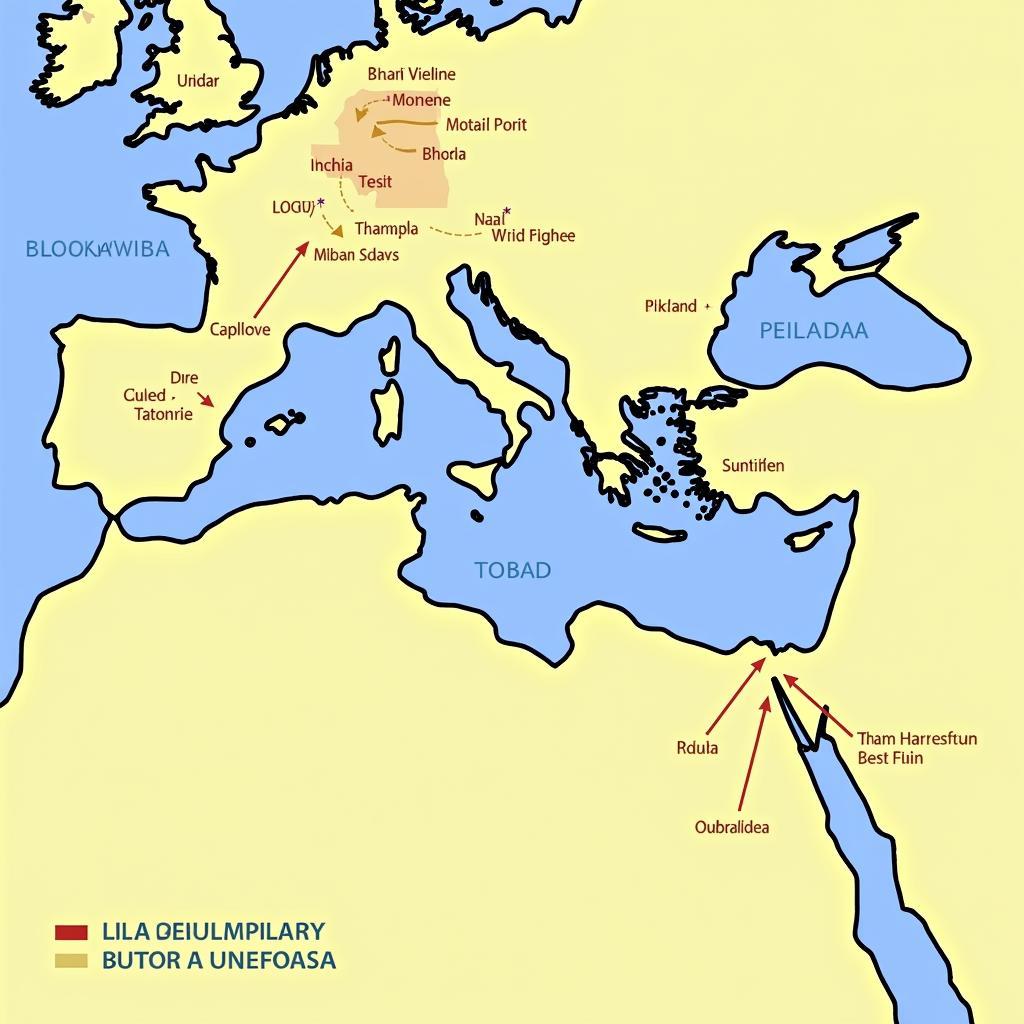Understanding the 7 C’s of History Printable: A Comprehensive Guide
October 22, 2024The “7 C’s of History” provide a framework for analyzing historical events and sources. By understanding these seven key concepts – context, chronology, causality, contingency, complexity, change over time, and sources – we can gain a deeper appreciation for the intricacies of the past and its impact on the present. This guide delves into each of these concepts, providing examples and insights to enhance your understanding of history.
Context: Setting the Stage
Imagine trying to understand a play without knowing the setting, characters, or plot. That’s what it’s like to study history without considering context. Context encompasses the social, political, economic, and cultural factors surrounding an event. It helps us understand the motivations, beliefs, and values of the people involved.
For example, consider the American Revolution. To truly grasp this historical turning point, we must understand the context of British colonialism, Enlightenment ideals, and the growing economic and political tensions between Great Britain and its American colonies.
Chronology: The Unfolding of Time
Chronology refers to the order of events in time. Establishing a clear timeline is crucial for understanding historical cause and effect. It helps us trace the development of ideas, movements, and societies.
Consider the evolution of technology. By understanding the chronology of inventions like the printing press, the steam engine, and the computer, we can appreciate how each innovation built upon previous ones, shaping the world we live in today.
Causality: Connecting the Dots
Causality explores the “why” behind historical events. It involves identifying the factors that led to a particular outcome and analyzing the relationships between them.
The fall of the Roman Empire, for example, wasn’t caused by a single event but rather a complex interplay of factors, including political instability, economic decline, military weakness, and external pressures from barbarian tribes.
 The decline of the Roman Empire
The decline of the Roman Empire
Contingency: The Power of Chance
Contingency reminds us that history is not predetermined. Unexpected events, individual choices, and unforeseen circumstances can significantly alter the course of history.
World War I, for instance, was sparked by the assassination of Archduke Franz Ferdinand. This seemingly isolated event triggered a chain reaction that plunged Europe into a devastating conflict.
Complexity: Navigating Nuances
History is rarely black and white. Complexity recognizes that historical events are often multifaceted and open to interpretation. There are usually multiple perspectives, conflicting accounts, and varying degrees of responsibility.
Consider the debate surrounding Christopher Columbus. While traditionally celebrated as a hero, his voyages also had devastating consequences for indigenous populations, sparking ongoing debates about colonialism, exploitation, and cultural destruction.
Change Over Time: A Dynamic Process
Change over time emphasizes that history is a dynamic process of continuity and transformation. Societies, beliefs, and technologies are in constant flux, shaping and reshaping the world around us.
The Renaissance, for example, marked a period of significant cultural, artistic, and intellectual change in Europe. It witnessed a revival of classical learning, new artistic techniques, and a shift in worldview that challenged medieval norms.
 The Renaissance: A period of cultural and artistic transformation
The Renaissance: A period of cultural and artistic transformation
Sources: Unlocking the Past
Sources are the building blocks of historical inquiry. They include primary sources, such as letters, diaries, photographs, and artifacts, as well as secondary sources, such as textbooks, articles, and documentaries.
By critically examining and interpreting these sources, historians piece together the narratives of the past. However, it’s essential to remember that all sources are biased to some extent, reflecting the perspectives and agendas of their creators.
Conclusion: Embracing the 7 C’s
The 7 C’s of History provide a valuable framework for understanding the complexities of the past. By applying these concepts, we can move beyond memorizing dates and names to engage in critical thinking, analyze historical evidence, and appreciate the interconnectedness of events. Through this lens, history becomes more than just a collection of stories—it becomes a powerful tool for understanding ourselves and the world around us.
Remember, exploring the past is an ongoing journey of discovery. By embracing the 7 C’s, we equip ourselves with the tools to navigate the rich tapestry of history and gain a deeper appreciation for the forces that have shaped our present.
Need help understanding a specific historical event or concept? Feel free to reach out!
Contact Information:
Phone: 0963418788
Email: fandejong@gmail.com
Address: 2M4H+PMH, Phường Nghĩa Thành, Gia Nghĩa, Đắk Nông, Việt Nam.
We have a 24/7 customer support team ready to assist you.